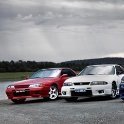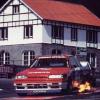Factory Ecu Re-mapping Discussion
Announcements
-
Similar Content
-
Latest Posts
-
By GabsReDeal · Posted
Yes shipping here can be a pain, was about to purchase timing belt replacement kit, but it tends to get expensive due to shipping (and customs if importing from non-EU which the UK now falls under). -
By Murray_Calavera · Posted
Nah, shouldn't have made any difference. Reds on, or car running, should be same same for what you were doing. -
Should be able to source 200 cell R32 cat... unsure how easy it would be to get it to Malta though.








Recommended Posts